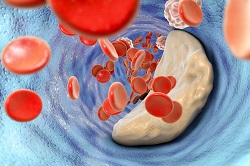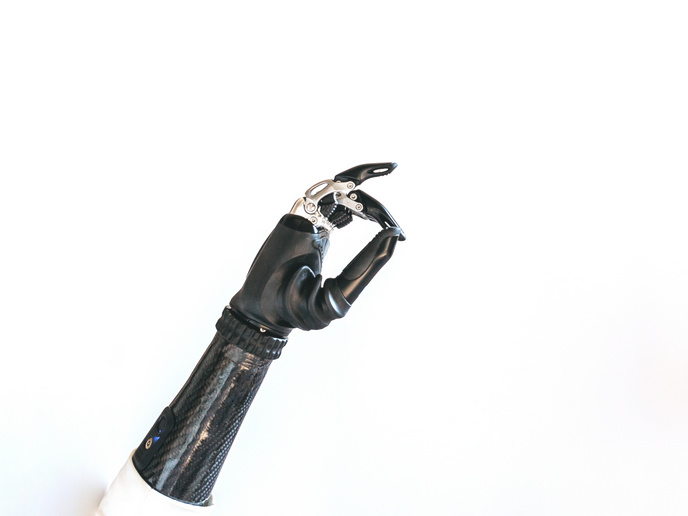A bioactive, bioresorbable scaffold to regenerate arteries
The two main therapeutic options for the treatment of atherosclerosis - bypass surgery and angioplasty - tend to prioritise the reestablishment of arterial flow. However, both options leave scars that eventually lead the patient back to the hospital. In the case of bypass surgery, native veins or synthetic grafts become occluded after a few years. On the other hand, recurrence of the disease in patients treated by angioplasty tends to affect the long-term patency of the treated blood vessel. THE GRAIL’s synthetic intimal layer (SIL) has been created to prevent these issues. This bioactive scaffold replaces the diseased and stiffened area of the blood vessel with a soft, compliant, intelligent scaffold that eventually resorbs once its task is completed - leaving a physiologically responsive, regenerated tissue. Built with smart biopolymers, the scaffold induces a regeneration of the intima layer by recruiting circulating endothelial cells. These biopolymers are delivered in situ by means of an ad hoc catheter also designed and engineered by the project team. ‘Thank to five years of EU support, we were able to progress THE GRAIL from a simple sketch on a paper to a working prototype,’ says Davide De Lucrezia, coordinator of the project and principal investigator at Explora Biotech. ‘We demonstrated the scaffold’s full biocompatibility in vitro and safety in vivo, and preliminary results on efficacy are extremely encouraging.’ Although not without hurdles, the project reached its objectives notably thanks to an early definition of end-user and regulatory requirements. ‘We had to perform in vivo safety and efficacy tests to collect enough data, file the technical dossier to the notified body and obtain the CE marking. We were able prove the complete in vivo safety of the device on porcine model. No adverse event was recorded neither during in vivo deployment nor during the 6 and 12-week follow-up,’ De Lucrezia says. All in all, complete intima reconstitution is expected 3 to 4 months after the scaffold is implanted. The device has now reached TRL7 (prototype demonstration in an operational environment), and the consortium is getting ready to engage in a long-term preclinical study to demonstrate the long-term efficacy of their solution a defining step in the progress towards first in-human trial. ‘We can only speculate on preliminary results that show an encouraging regeneration without any significant hyperplasia,’ De Lucrezia notes. Although the project’s exploitation strategy doesn’t foresee direct sales of the developed technology, the three SMEs involved in THE GRAIL will operate through a dedicated spin-off company that will own the intellectual property and know-how generated during the project. ‘This spin-off will engage with larger companies capable to support sales and surveillance. All in all, our latest industrial plan foresees the first in-human trial by Q1 2019, so it is reasonable to expect the device to be available to the first patients by Q2 2020,’ De Lucrezia concludes.
Keywords
THE GRAIL, atherosclerosis, scaffold, bioresorbable, artery, cardiovascular disease, blood vessel, biopolymers







